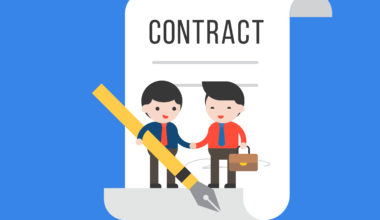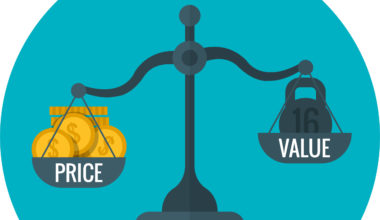We’ve reached the end of the series! I hope that reading the Art of the Big Deal series has helped improve your confidence in closing big deals. I have tested this framework across multiple industries, and I believe the principles are universal; there will be varying nuances across industries, but the core holds firm. If you see areas for improvement or have ideas you’d like to share, please reach out via email ([email protected]).
Let’s recap the Art of the Big Deal framework:
- Understand your customer’s goals and objectives over their next fiscal period, and gather intel about the value they obtain from your product. Sellers must step into the role of detective during this beginning phase of the deal. Fearlessly engage with your customers, understand what drives their business, and how your product complements their objectives. You may discover that they are underestimating the value obtained from your product or underutilizing its capabilities. Learn to fear “underselling” your product above all else. During the beginning phase of the deal, your detective work is the foundation for everything else and will make or break your success.
- Estimate the economic value your customer obtains from your product using a mathematical model. The estimates must be credible, and often it helps to show ranges depending on the precision of the calculations. Manifesting the value your product generates to customers in numerical form makes it real. It also allows them to compute the extra return on investment (ROI) from signing a long-term commitment.
- Create multiple deal choices that multiply your customers value in exchange for a commitment. As deal size increase, the multiple of your customer’s economic value must increase in tandem. Try to construct deals where the value creation grows faster than the deal size. Ensure the largest deal size is optimistic yet attainable and that the value creation aligns with your customer’s goals.
- Build safeguards into the deal structure to reduce the risk for both parties. Design safeguards creatively that allow both parties to feel comfortable entering the deal but avoid compromising the core commitment. For example, you can employ a selective termination option involving a neutral third party to decide if early termination is justified based on criteria or milestones.
- Present the deal options to the customer with a simple, focused presentation that demonstrates the value numerically and features an elevated design style. Ensure the deck can stand alone and sell itself to relevant invisible decision-makers who may be involved in the process without your knowledge. Practice your pitch to ensure smooth delivery, and try to read your customer’s mind by brainstorming the objections that you’ll encounter. Add reinforcement slides to the appendix to handle different questions that may arise. If you’re presenting with other parties, ensure everyone practices together and is aligned on who answers what categories of questions to avoid contradictions or loss of credibility during the presentation.
- Become the deal champion and lead the deal to close. Negotiate the final deal terms with your customer and help all parties navigate the turbulent waters of cross-functional teams (legal, procurement, etc.) to close the deal. Avoid letting deals fall into endless legal review by proactively scheduling calls between both parties’ legal teams to get the lawyers talking in real-time. Be open to your customer coming back with alternative deal terms that you can use to construct better deals that produce increased mutual value. Do not relax until the agreement is signed, sealed, and delivered.
To follow the framework, Salespeople must learn to move effortlessly through many different deal stages: detective, deal strategist, persuasive presenter, negotiator, and finally, deal champion. Follow the framework and evolve your strategy as you learn the nuances of your industry and product.
Good luck, may the force of the big deal be with you.




